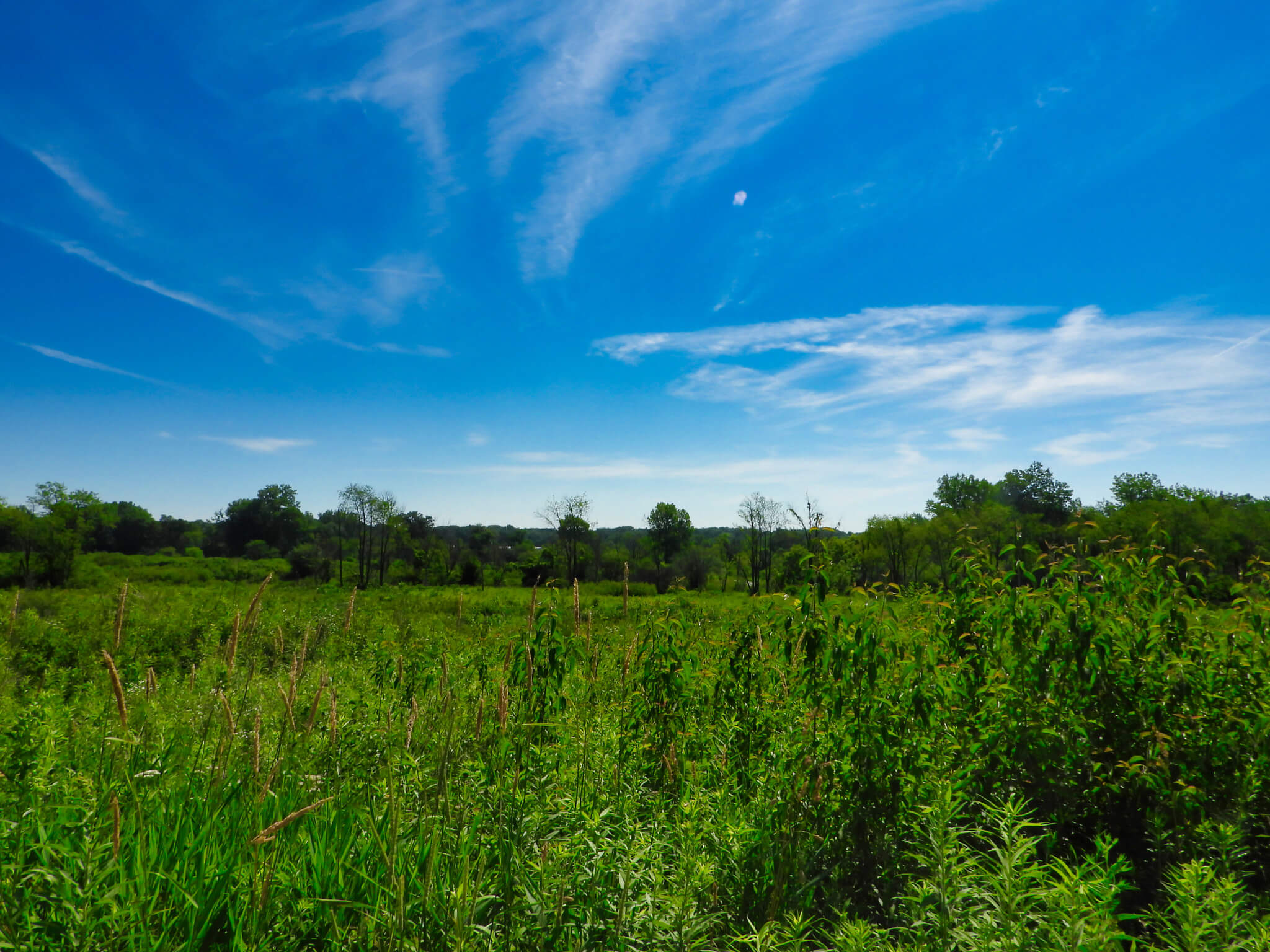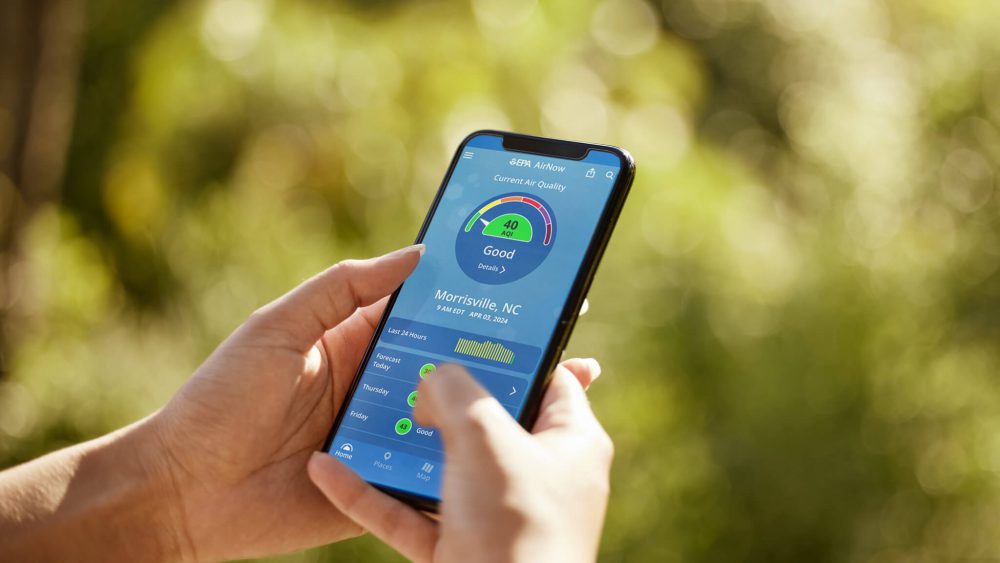The U.S. Environmental Protection Agency’s (EPA) Office of Air and Radiation has developed a suite of interactive, online Regulation Navigation (Reg Nav) tools that help personnel from regulated facilities determine the applicability and regulatory requirements of certain air quality rules. These tools are tightly aligned with the E-Enterprise emphasis on building customer-focused tools that reduce burden and aid environmental compliance.
Facilities may have difficulty understanding which Clean Air Act regulations apply to them
Regulating air pollution can be a complex business. Facilities and government agencies often need assistance in understanding the applicability and requirements for specific clean air rules.
E-Enterprise partners at the EPA created online tools to help the community navigate air quality regulations
Interactive Regulation Navigation tools are designed to help co-regulators and the regulated community determine the applicability and regulatory requirements for certain air quality rules.
The tools walk users through a series of questions about facilities and their operations. Answers to those questions produce a customized document outlining the regulatory requirements.
The EPA leveraged the E-Enterprise partnership to:
- Inform the creation of nine tools for 11 air quality regulations. These include:
- Municipal Solid Waste Landfills – Subpart AAAA
- Paint Stripping and Miscellaneous Surface Coating Operations at Area Sources: determining exemption eligibility – Subpart HHHHHH
- Standards of Performance for New Stationary Sources (NSPS):
- Municipal Solid Waste Landfills- Subpart XXX:
- Spark Ignition Internal Combustion Engines- Subpart JJJJ and Stationary
- National Emission Standards for Hazardous Air Pollutants (NESHAP):
- Reciprocating Internal Combustion Engines (RICE)- Subpart ZZZZ
- Brick and Structural Clay Products Manufacturing- Subpart JJJJJ
- Portland Cement Manufacturing Industry- Subpart LLL
- Area Source Industrial, Commercial, and Institutional Boilers- Subpart JJJJJJ
- Emissions Guidelines and Compliance Times for Municipal Solid Waste Landfills- Subpart OOO
- Coordinate with partners such as North Carolina, Texas, Nebraska, Michigan, local and tribal agencies, and appropriate trade associations, and
Conduct outreach to state, local, and Tribal organizations, and industry membership organizations.
Self-serve tools drive efficiency and increase environmental compliance
Online compliance assistance tools like Reg Nav support a range of benefits for the regulated community and coregulators. These resources:
- Simplify and encourage compliance with Clean Air Act regulations
- Reduce compliance assistance requests to government agencies, and
- Meet the needs of the regulated community, States, and tribal governments.
Explore the suite of Reg Nav tools
Check out U.S. EPA’s Regulation Navigation Tools to discover a prime example of customer-focused compliance assistance.
Key Contacts
Brad Johns, Project Lead
U.S. EPA Office of Air
johns.brad@epa.gov
919.541.2706
Ron Evans
U.S. EPA Office of Air
Evans.Ron@epa.gov
919.541.2706
Kurt Rakouskas
Environmental Council of the States
krakouskas@ecos.org
202-266-4935





